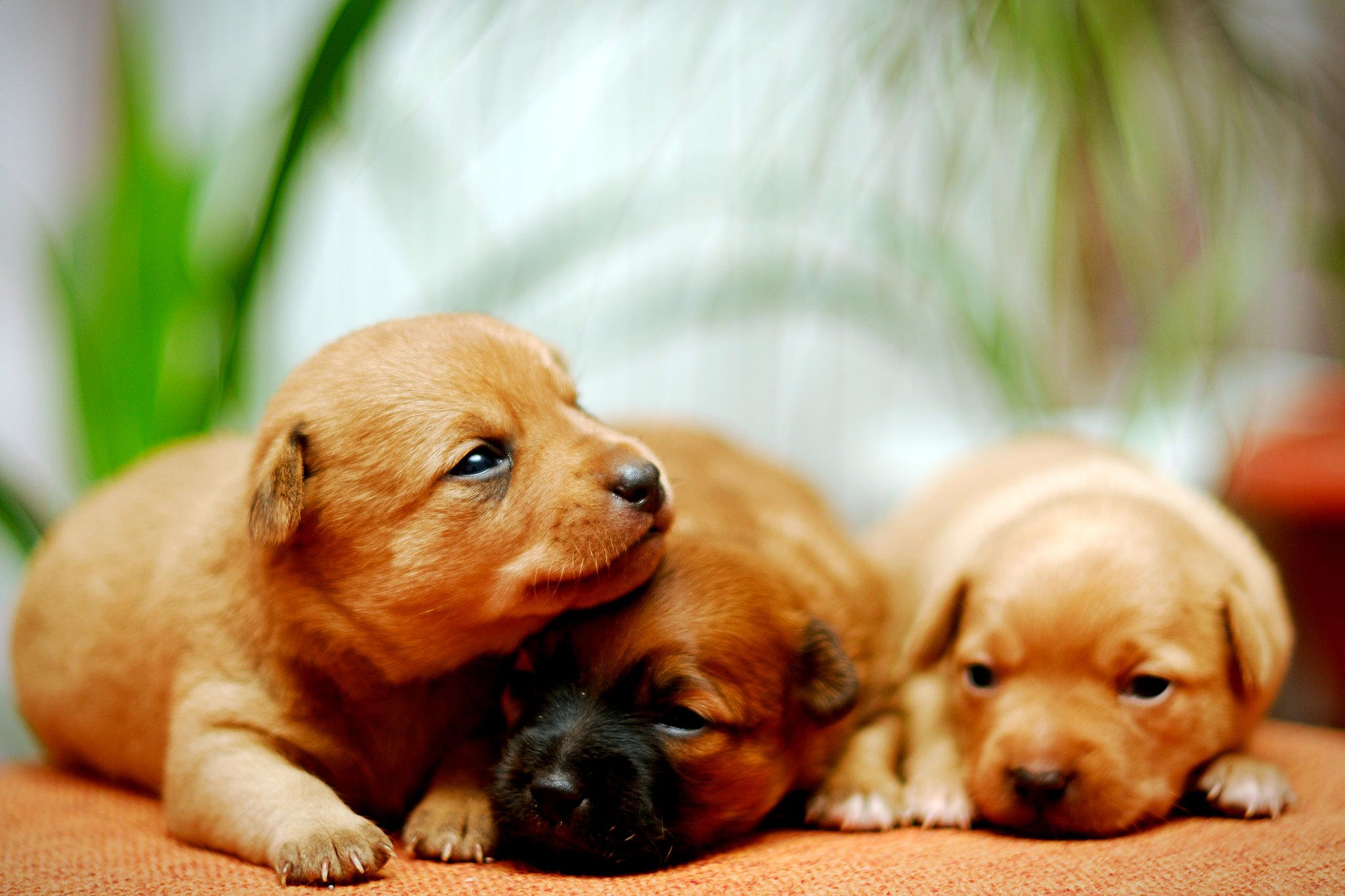
:max_bytes(150000):strip_icc()/GettyImages-800510542-b83fee5a622e40df8ef4975592efd58b.jpg)
No matter their parents' colors, mixed-breeds are often a light-to-medium brown or black, frequently with a white chest and other white markings. Mixed-breed dogs can be any size, weight, or colour, but some colors are more common than others. Mixed-breeds also tend to have a size between that of their parents. Extremes in appearance, such as the flattened face of the English Bulldog or the extremely curled tail of the Pug, seldom survive even the first crossbreeding. This "yellow" mix between a German Shepherd and a Golden Retriever does not closely resemble either parent but has traits of both.Īll possible body shapes, ear types, and tail styles can appear in mixed breeds. Shedding is a pet-peeve from many pet owners, because the fallen hair can increase the number of times a house must be cleaned in order to look presentable, and may be a family allergen. Some cross-breeds are bred for certain positive traits, such as a Golden Doodle being a Golden Retriever looking dog, that shares the trait of not shedding with Poodles. As another example, one of the UK's Queen Elizabeth's famous Corgis mated with her sister's Dachshund, and the resulting offspring are referred to as Dorgis. For example, a cross between a Pekingese and a Poodle is called a Peekapoo, possibly a play on peek-a-boo, along with the Golden Doodle, a cross between a poodle and a golden retriever. To complicate matters, many owners of crossbred dogs identify them-often facetiously-by an invented breed name constructed from parts of their parents' breed names. A fice or feist is a small mixed-breed dog. In some countries, bitsa (or bitzer) is common, meaning "bits o' this, bits o' that". Heinz 57 is often used for dogs of uncertain ancestry, in a playful reference to the "57 Varieties" slogan of the H.

Therefore, by having stray dogs it seems to increase the amount of "mixed-breed" dogs. In Brazil and the Dominican Republic, the name for mixed-breed dogs is vira-lata ( vira: to turn, to bring down lata: tin can, trash can) because there are dogs without owners that feed on urban garbage on the streets, and often knock over trash cans to reach the food. Random-bred dog, mutt, and mongrel are often used for dogs who result from breeding without the supervision or planning of humans, especially after several generations, whereas mixed breed and crossbreed often imply mixes of known breeds, sometimes deliberately mated. In South Africa, the tongue-in cheek expression pavement special is sometimes used as a description for a mixed-breed dog. Some American registries and dog clubs that accept mixed-breed dogs use the breed name All American, referring to the United States' reputation as a melting pot of different nationalities. In Hawaii, mixed breed dogs are referred to as poi dog, and in the Bahamas, they call them Pot Cakes (referring to the table-leftovers they are fed). Mutt is also used (in the U.S.A and Canada), sometimes in an affectionate manner. The words cur, tyke, and mongrel are generally viewed as derogatory in America, whereas in the United Kingdom mongrel is the unique technical word for a mixed-breed dog, so is not a term of disparagement. There is a profusion of words and phrases used for dogs that are not purebred. Historically, all purebred dogs have been selected from a mixed-breed population. Dogs interbreed freely, except where extreme variations in size exist, so mixed-breed dogs vary in size, shape, and colour, making them hard to classify physically. A healthy 13-year-old mixed-breed dog shows hybrid vigor.Ī mixed-breed dog (also called a bastard, mutt, crossbreed, mongrel, tyke, cur, or random-bred dog) is a dog that is a mixture of two or more breeds, or a descendant of feral or pariah dog populations.


 0 kommentar(er)
0 kommentar(er)
